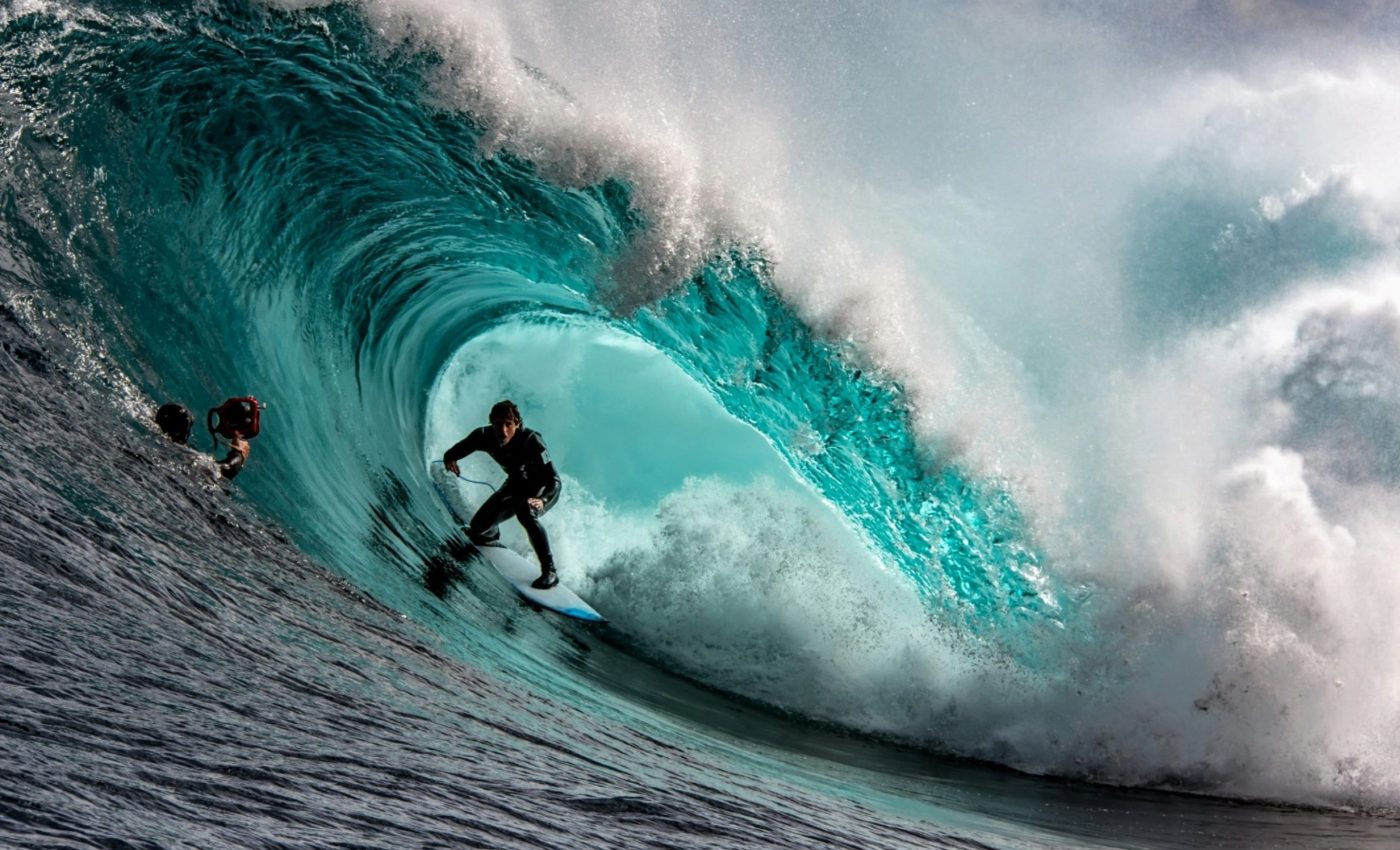
Surf breaks aren't just fun - they greatly benefit the environment
If you thought surfing was just about catching the next wave, think again. Turns out, safeguarding our beloved surf breaks can help us punch back against climate change, fuel tourism, and lend a hand to surrounding ecosystems.
Jacob Bukoski, a seasoned faculty member at Oregon State University, is a leading charge in this realm. Surf breaks aren’t just about the thrill; they’re a “conservation priority” too. But what does this mean for us?
The surf break paradox
Previous research has already enlightened us on the notion that surf breaks are biodiversity hotspots. However, these studies have mainly been focused above the waterline. What lurked beneath, in the form of carbon stocks, had been largely overlooked.
A recent study led by Bukoski and his team reveals that these surf ecosystems hold more than 88 million tons of “irrecoverable” carbon.
For those of us not in the scientific loop, irrecoverable carbon is the type that, once lost, couldn’t be replenished within 30 years. This is a massive deal in the context of climate change mitigation.
Ecosystem jigsaw
Surf breaks are much more than just attractive spots for adrenaline junkies; they are integral parts of our global ecosystems. Often related to conservation priorities such as coral reefs and mangrove forests, surf breaks contribute to the health of our planet’s biodiversity.
But what about the carbon stocks in the marine parts of these break areas? Despite being significant, they’re a bit of a challenge to quantify, noted Bukoski.
To investigate, the scientists focused on over 28,500 square kilometers of watersheds that drain into surf areas. Their findings? A surprising 17 million tons of irrecoverable surf break carbon reside in places considered to be key biodiversity areas but lack formal protection.
“Coral reefs shape surf breaks and provide fishing grounds, offer non-surfing recreational opportunities such as diving, and protect shorelines,” said Bukoski. “And just as importantly, ecosystems associated with surf breaks are culturally and spiritually valuable to communities around the world.”
Surf breaks and ecosystems
Carbon and biodiversity clearly go hand-in-hand in surf ecosystems. But the worrying part is that less than 3% of surf breaks currently enjoy both formal protection and key biodiversity status.
When carbon-rich areas are disrupted and used for different purposes, they release large amounts of carbon dioxide into the atmosphere. Thus, the expansion of surf ecosystem conservation grows even more critical – for biodiversity, climate mitigation, and even social-economic benefits.
Surf breaks aren’t just about catching waves; they’re vital for the health of our ecosystems and offer various positives for local communities. So what happens if we lose these surf ecosystems to other uses?
“Despite their high and multifaceted value, surf breaks and their surrounding environments face all kinds of threats, including coastal development, degradation of habitats, and impacts from climate change like rising sea levels,” said Bukoski.
“When carbon-dense ecosystems are converted to other uses, they pump out large amounts of carbon dioxide into the atmosphere. Expanded conservation of surf ecosystems – both their marine and onshore components – could provide a range of benefits in addition to biodiversity conservation and climate mitigation.”
Preserving surf areas
In addition to being nature hotspots, surf areas are also a boon for the economy. Did you know that the surf tourism industry is worth around $65 billion globally? Now, couple that with the carbon offset market where credits trade at an average of $10 per ton of carbon dioxide.
Apart from fossil fuels, our beloved break areas face numerous threats. These include coastal development, habitat degradation, climate change impacts, and rising sea levels.
But Bukoski is optimistic. He believes that surf ecosystems can be our secret weapon in the fight against climate change.
“Our results suggest a significant opportunity for surf conservation to strengthen protection of climate-critical carbon stocks,” said Bukoski. “At the end of the day, we should be shredding waves, not ecosystem carbon.”
Whether you’re a surfer catching waves or a landlubber cheering from the shore, we’re all on the same team. It’s about time we turned our attention to preserving these natural hotspots and mitigating climate change.
The study is published in the journal Conservation Science and Practice.
—–
Like what you read? Subscribe to our newsletter for engaging articles, exclusive content, and the latest updates.
Check us out on EarthSnap, a free app brought to you by Eric Ralls and Earth.com.
—–













